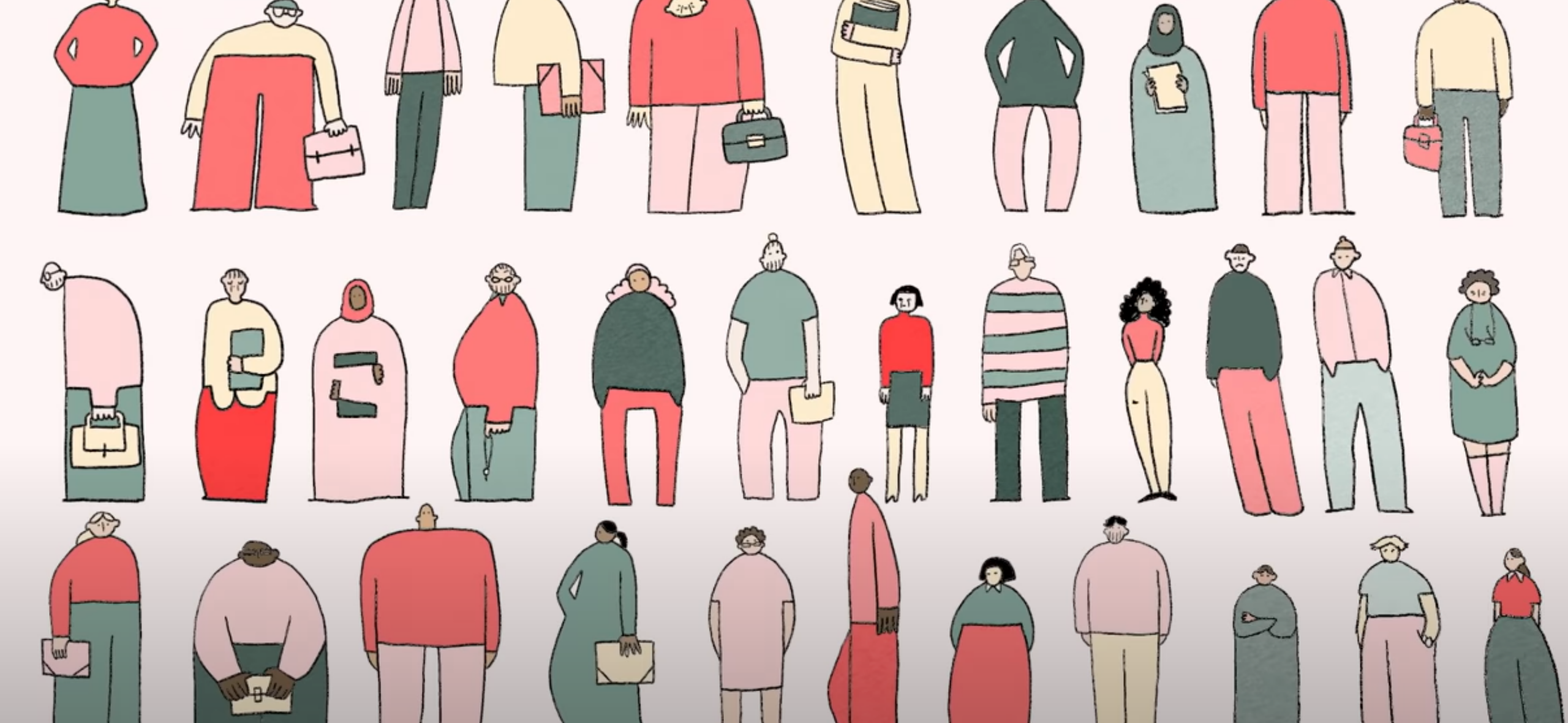Discussion Questions
When you think about media representations of marginalized groups today (for example, immigrants from Latin America), what are some common stereotypes that you see? Have you ever felt that a group that you belong to has been mis-represented or stereotyped in the media? How did it make you feel? What personal or group actions can we take to combat stereotypes?
More Resources: Critical Timeline and Reading List
The stereotypes that inform the model minority myth can be traced all the way back to the systems of slavery and genocide upon which this country was built, and the white supremacist beliefs that upheld them. In the interest of providing a brief(ish) overview, this timeline follows the development of the model minority myth from World War II to the present, when it begins to sharpen focus on Asian Americans.
See Timeline and Resource List
Classroom Activities
The following activities are designed to deepen student thinking and promote critical analysis of media and primary sources. They are appropriate for middle school through early college students and can be used in both in-person and virtual classroom settings. The activities can be done separately or together. Please send questions or feedback to education@densho.org.
Classroom Activity 1: Media Representations of Japanese Americans
Purpose: To help students learn to identify stereotypes and think critically about how they can be harmful.
Before World War II, Japanese Americans were stereotyped as being inhuman, diseased invaders. After the bombing of Pearl Harbor, they were scapegoated as threats to national security. Both of these views had extremely negative connotations for Japanese Americans. After the war, when Japanese Americans were expected to reintegrate into American society, they were cast as being the model minority.
In this activity, students will critically examine propaganda images and photographs. They will be asked to identify words, symbols, or other visual techniques that are used to construct stereotypes in those images. The activity closes with a series of questions designed to guide classroom discussion and critical thinking. This activity will take approximately 25 minutes, including time for discussion.
Click here for Classroom Activity 1 instructions.
Classroom Activity 2: Blackout Poetry with Primary Sources
Purpose: To analyze primary sources about the “model minority” stereotype and to distill the text down to key ideas and themes.
This activity utilizes primary source texts from the Pacific Citizen, a newspaper published by the Japanese American Citizens League. The activity combines two different thinking routines, which are simple strategies that teachers can use to cultivate thinking and deepen learning for students.
The first part of the activity, Phrase-Word, is adapted from a thinking routine from Making Thinking Visible by Ron Ritchhart, Mark Church, and Karin Morrison. The Phrase-Word thinking routine helps students identify and hone in on the essence of writing about the “model minority” stereotype.
After students have identified the parts of the text that “speak” to them, they use a second activity, Blackout Poetry, to distill the essence of the text even further. Blackout poetry is created when someone takes a document, reads it, and crosses out, or redacts, a majority of the text, leaving a “poem” that reveals new layers of meaning. Versions of blackout poetry date back to the 1700s, but it has been made popular in recent years by Austin Kleon’s book, Newspaper Blackout.
Activity Two closes with a series of questions designed to guide classroom discussion and critical thinking. This activity will take approximately 40 minutes, including time for discussion.

